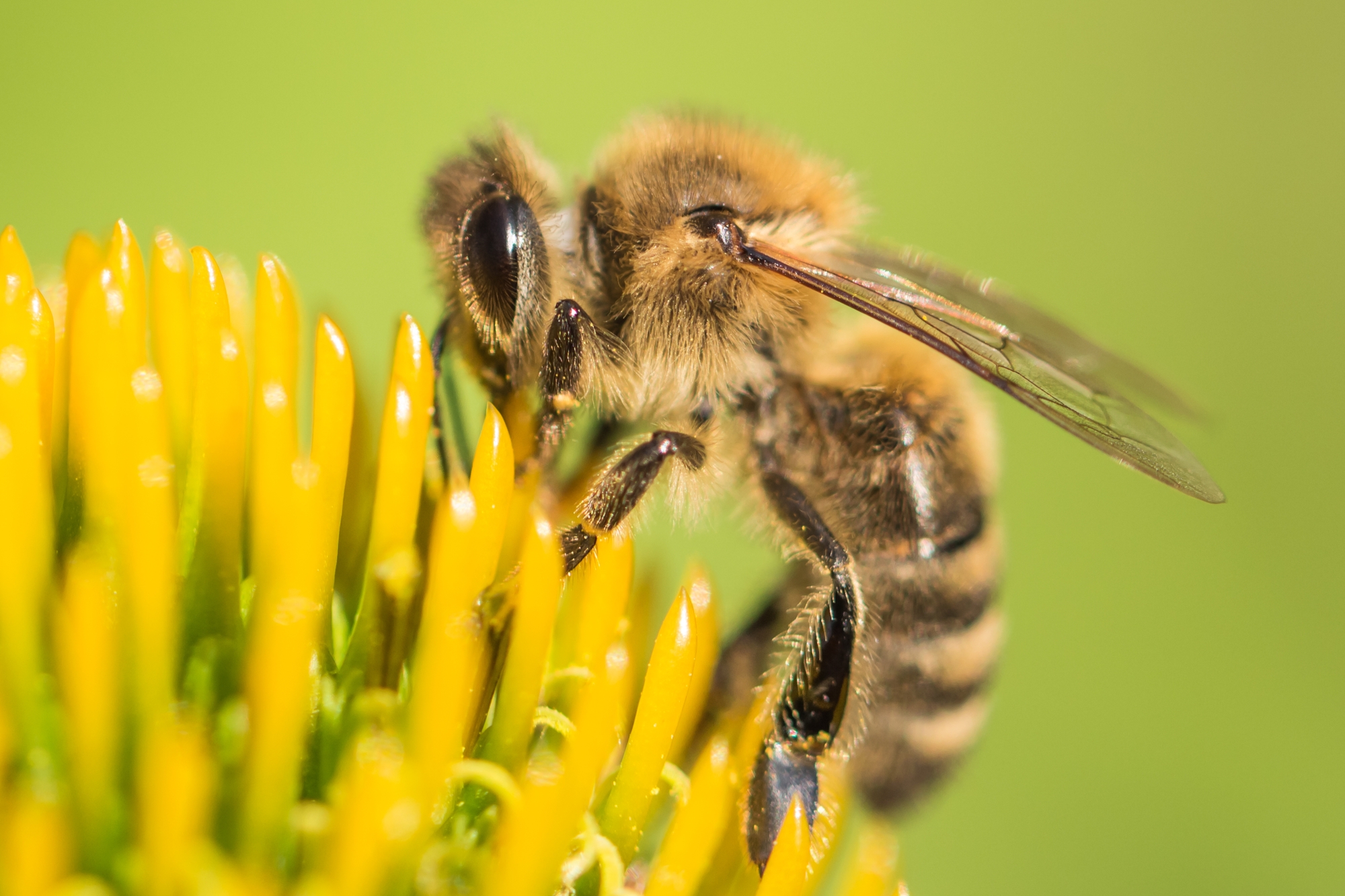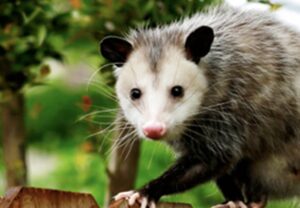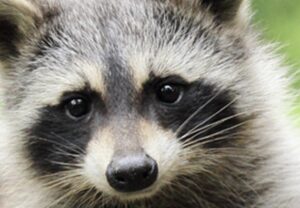Although climate change has already and will continue to affect all facets of life, it is also affecting the scope and severity of pest problems. Because we are currently experiencing a dramatic climate shift, it is safe to assume that pest populations worldwide will be affected.
As a result, governments, corporations, and individuals may need to employ more robust pest control efforts. Without employing these efforts, pests will likely wreak havoc on ecosystems, buildings, materials, and food supplies.




